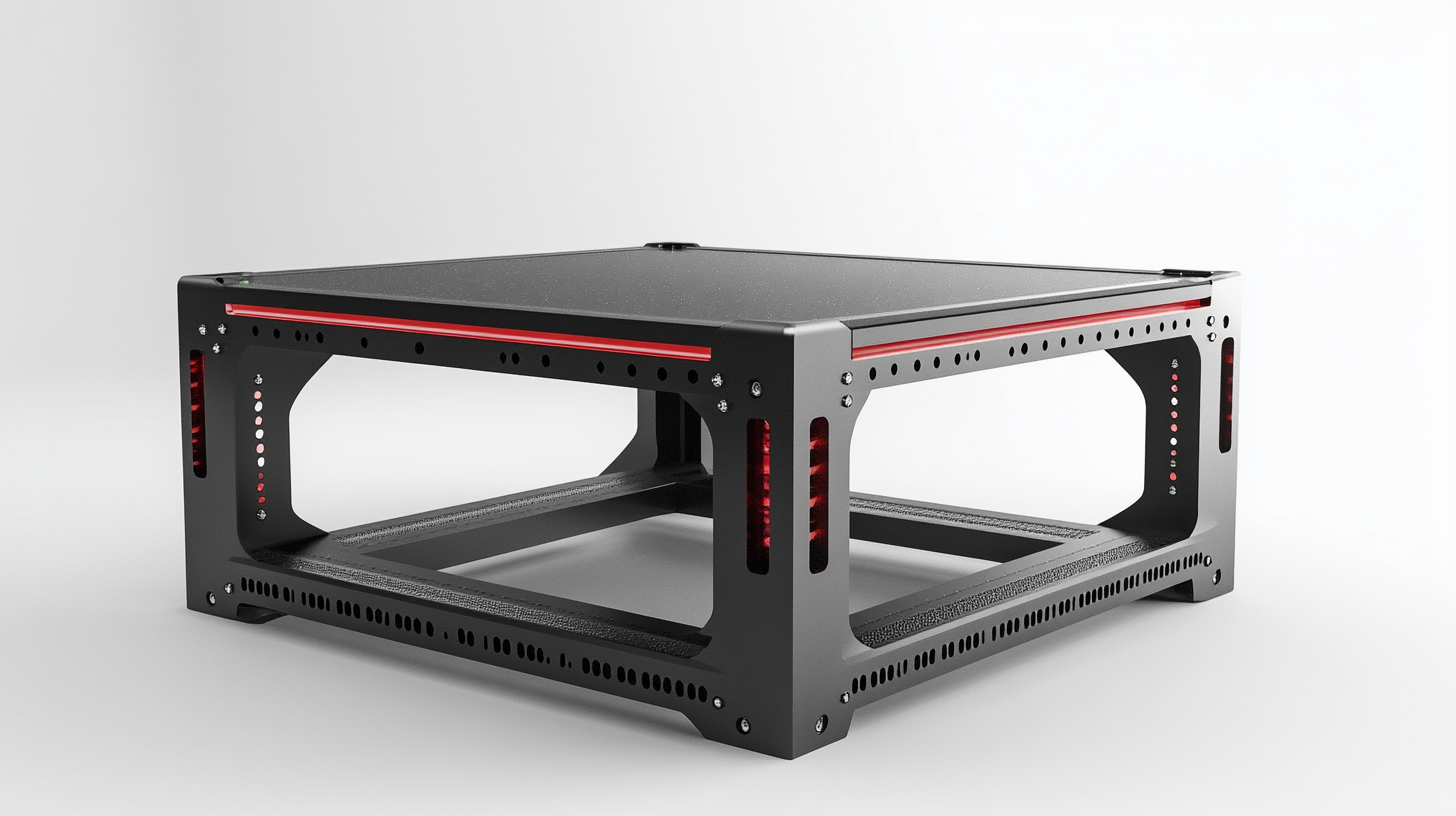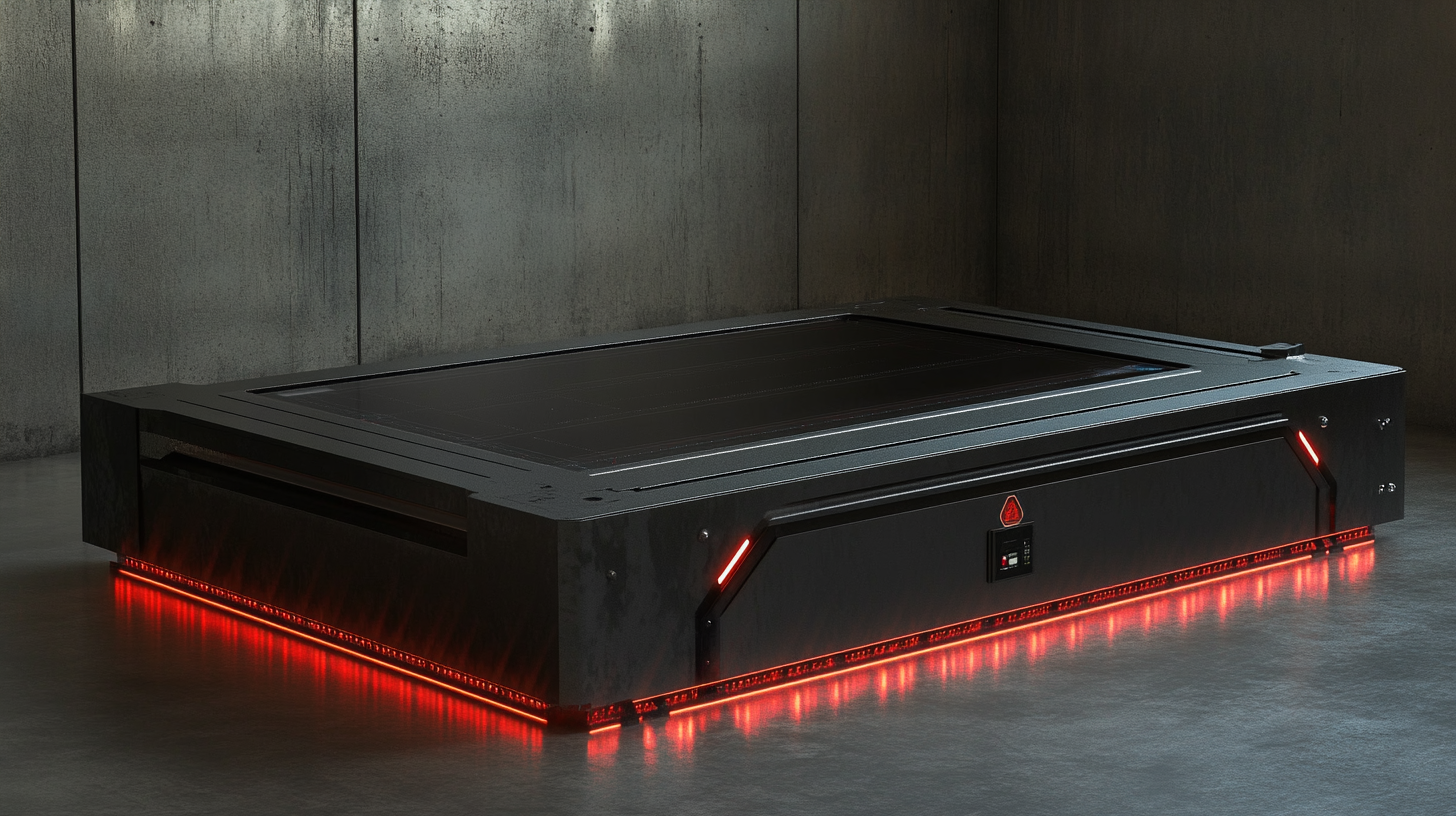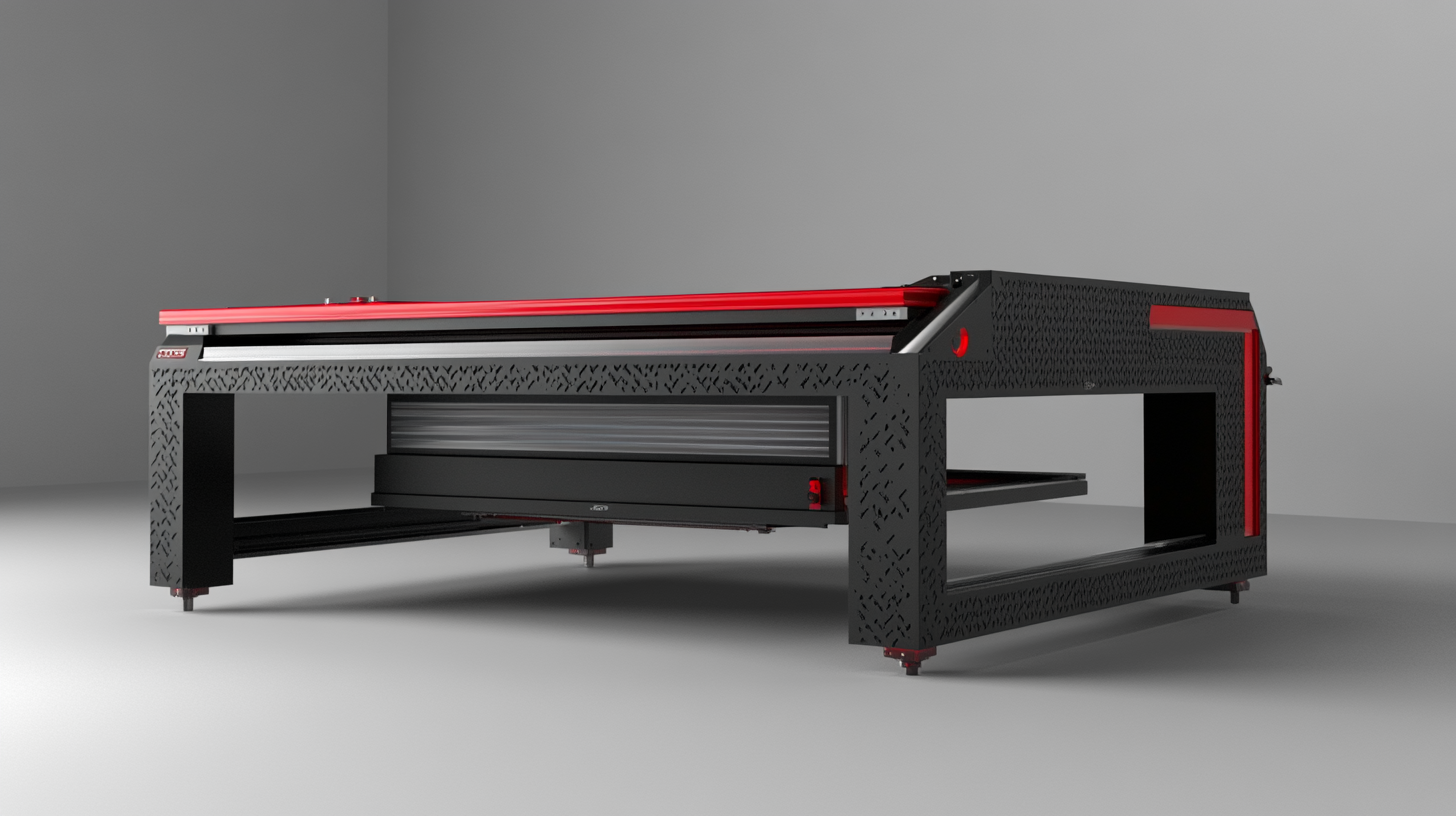How to Choose the Right Small Plasma Table for Your Manufacturing Needs
The manufacturing industry has witnessed a significant transformation in recent years, driven by advancements in technology and the growing demand for precision and efficiency. According to a report by MarketsandMarkets, the global CNC plasma cutting machine market is projected to reach $2.29 billion by 2025, with a compound annual growth rate (CAGR) of 5.1%. This growth is largely attributed to the rising need for cost-effective and high-quality cutting solutions in various sectors, including automotive, aerospace, and metal fabrication. Within this landscape, the Small Plasma Table has emerged as an essential tool for manufacturers looking to enhance productivity while minimizing space requirements and costs.
Selecting the right Small Plasma Table can significantly impact a company's operational efficiency and output quality. With various models and features available, making an informed choice is crucial for optimizing performance. Reports indicate that the demand for smaller, more versatile cutting systems is increasing, driven by smaller manufacturing operations and job shops that require mobility and adaptability. As a result, understanding the key factors to consider when choosing a Small Plasma Table is imperative for businesses aiming to stay competitive and meet the specific needs of their production processes.

Understanding Your Manufacturing Requirements for Plasma Cutting
When it comes to selecting the right small plasma table for your manufacturing needs, understanding your specific requirements is crucial. The plasma cutting technology has evolved significantly in recent years, with industry reports indicating a compound annual growth rate (CAGR) of approximately 5% in the plasma cutting equipment market through 2025. This growth can be attributed to the increasing demand for precise and efficient cutting processes across various sectors, including automotive, aerospace, and metal fabrication. Identifying your manufacturing needs begins with assessing the types of materials you will be working with. Reports suggest that steel, aluminum, and stainless steel comprise over 70% of the materials cut using plasma technology. Each material may require different power settings and cutting speeds, which directly influence the choice of plasma table. Furthermore, understanding the thickness of the materials you typically handle is crucial, as plasma tables are designed with specific cutting capacities, often ranging from 1/16 inch to several inches. Additionally, consider the desired accuracy and finish quality for your projects. Industry standards indicate that plasma cutting can achieve tolerances within ±0.5 mm, but this might vary by machine type and configuration. Opting for a small plasma table with advanced features such as automated height control and enhanced motion systems can ensure better precision and reduce the need for post-processing. By carefully evaluating these requirements, manufacturers can choose the right plasma cutting table that not only meets their operational demands but also aligns with industry best practices.

Key Features to Consider in a Small Plasma Table
When selecting a small plasma table for your manufacturing needs, several key features should be carefully considered to ensure optimal performance and efficiency. First and foremost, the size and cutting area of the plasma table play a crucial role. A 5- by 10-foot table, as introduced by Park Industries, provides ample space for most small and medium-sized projects. Additionally, understanding the thickness capacity of the table is essential, especially if your work involves cutting metals like aluminum, which can vary from thin sheets to thicker materials.
Another significant factor is the precision and quality of the plasma cutter itself. Innovations like the Enchant CNC plasma cutter showcase the importance of a stable machine that can handle custom cuts with accuracy. Look for tables that offer features such as adjustable torch height control and built-in software that can enhance the cutting speed while maintaining the desired precision. Furthermore, the ability to easily integrate with existing CAD/CAM software can significantly streamline the design-to-production process, making it a valuable feature for efficiency in small-scale manufacturing.
Finally, consider the ease of use and maintenance of the plasma table. Manufacturers should aim for a user-friendly interface, which can greatly reduce the learning curve for new operators. Additionally, access to customer support and readily available replacement parts can ensure that your operations remain uninterrupted. By focusing on these key features, you can make a well-informed decision that suits your specific manufacturing needs and budget.

Evaluating Budget and Cost Considerations for Plasma Tables
When considering the purchase of a small plasma table for your manufacturing needs, budget and cost considerations play a crucial role. According to a recent industry report by IBISWorld, the plasma cutting machine market in the U.S. is valued at approximately $1 billion and is expected to grow at an annual rate of 3.5% over the next five years. This growth reflects not only the expanding use of plasma tables in various manufacturing sectors but also the need for organizations to invest wisely in their equipment.
The initial cost of a plasma table can range significantly depending on its size, specifications, and features. Small plasma tables can start at around $5,000, with more advanced models exceeding $30,000. Alongside equipment prices, it’s essential to consider operational costs such as consumables, maintenance, and potential downtime. Industry data suggests that consumable components, like plasma cutting tips, can incur annual costs of $1,200 for a small shop, impacting your overall budget significantly.
Additionally, businesses must assess the long-term value and return on investment (ROI) provided by these machines. According to a survey by the Fabricators & Manufacturers Association, 60% of manufacturers reported that investing in automation and cutting tools like plasma tables has led to improved production efficiency and lower labor costs. Therefore, while the initial outlay might be substantial, the potential for increased productivity and decreased operational expenses justifies the investment for many manufacturers.

Comparing Different Brands and Models for Performance
When selecting a small plasma table for your manufacturing needs, it’s essential to compare various brands and models based on their performance metrics. Leading manufacturers such as Hypertherm, Lincoln Electric, and Thermal Dynamics have solidified their presence in the market by providing reliable and versatile plasma cutting systems. According to a recent industry report by MarketsandMarkets, the plasma cutting equipment market is expected to reach USD 5.5 billion by 2025, reflecting the growing demand for precision and efficiency in manufacturing processes.
One crucial factor to consider is the cutting speed and quality of the plasma table. Hypertherm’s Powermax series, for instance, boasts exceptional cut speeds that can reach up to 60 inches per minute with 1/4” steel, making it a preferred choice for those prioritizing productivity. Additionally, the quality of the cut is paramount; systems offering fine kerf widths and minimal heat-affected zones can significantly reduce the need for secondary finishing processes, thereby saving time and resources.
Moreover, energy consumption and operating costs are vital in the overall cost analysis. For instance, Lincoln Electric’s EDGE™ systems are designed with advanced technology to optimize power use, resulting in 20% lower operational costs compared to older models. Choosing a plasma table with efficient energy management can lead to higher profitability over time, reinforcing the decision’s importance in the long-term success of a manufacturing operation. By evaluating these performance metrics, manufacturers can make informed decisions that align with their specific requirements and industry standards.
Maintenance and Support Options for Your Plasma Table
When investing in a small plasma table for manufacturing needs, understanding maintenance and support options is crucial for maximizing your equipment's longevity and performance. According to a report by SME (Society of Manufacturing Engineers), nearly 30% of machine downtime can be attributed to improper maintenance practices. Hence, selecting a plasma table accompanied by robust support services can significantly reduce unscheduled maintenance events.
The maintenance plan should be tailored to the specific demands of your manufacturing process. A well-structured maintenance schedule could extend the lifespan of the plasma table by up to 50%, as demonstrated by a study from the National Association of Manufacturers. Regular checks on consumables, such as nozzles and electrodes, alongside software updates for operating systems, ensure optimal functionality. Moreover, having access to customer support for troubleshooting and training can enhance user proficiency, ultimately leading to more efficient production cycles.
Support options vary widely among manufacturers, with some offering proactive maintenance programs and 24/7 technical assistance. These services often include remote diagnostics, which can pinpoint issues before they escalate. Engaging with suppliers that emphasize long-term partnerships not only helps in addressing potential problems swiftly, but it also fosters a deeper understanding of the plasma table's capabilities and limitations, aligning maintenance efforts with production goals. Ultimately, a well-supported investment in a small plasma table reaps substantial benefits in productivity and cost efficiency.

